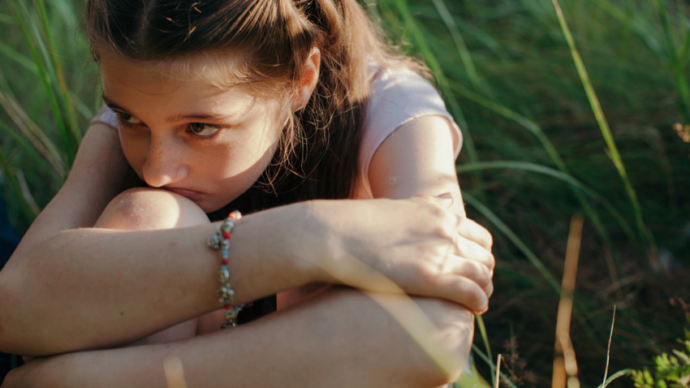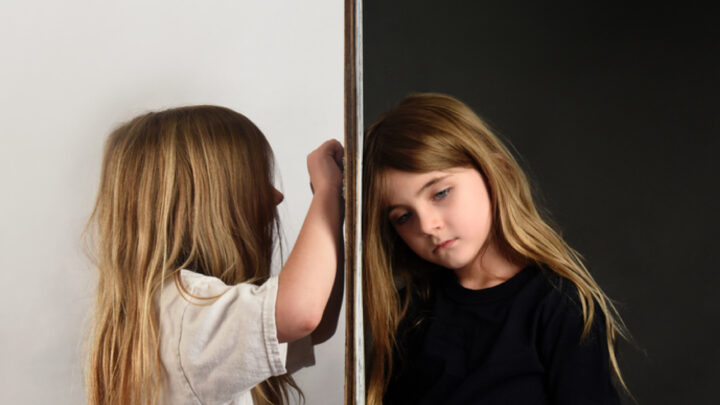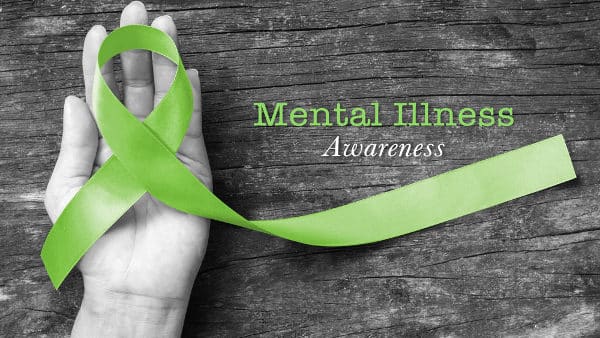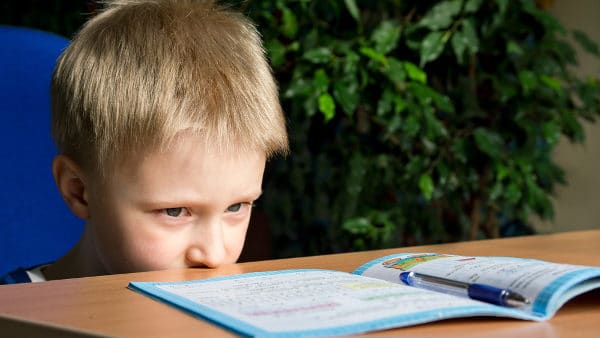
A severe mental health crisis is affecting children in the U.S., according to a number of mental health experts. The pandemic has accelerated and exacerbated mental health problems in young people—including overdoses, suicidal thoughts, loneliness, stress, grief, anxiety, depression and other emotional troubles. These problems have grown to emergency proportions due to a shortage of child psychiatrists.
The Washington Post reports, “In a declaration of a national state of emergency in child mental health, the American Academy of Pediatrics, the American Academy of Child and Adolescent Psychiatry, and the Children’s Hospital Association point to a litany of challenges faced by children in the United States.
Emergency department visits for mental health have increased dramatically, they say, and children and families face ‘enormous adversity and disruption.’
And this month, UNICEF issued a report estimating that 13 percent of adolescents ages 10 to 19 live with a diagnosed mental disorder. The agency called for commitment and action from governments and societies around the world to protect child mental health.
The American groups provided a similar message, calling for more federal funding for children with mental health challenges, better school-based mental health care, and community-based support for kids and parents.
They point to structural racism as a particular challenge to youth mental health.
In 2020, mental health crises were particularly acute. According to Centers for Disease Control and Prevention data, they increased 24 percent for 5- to 11-year-olds and 31 percent for 12- to 17-year-olds. Suspected suicide attempts increased as much as 50 percent for teenage girls during February and March of this year compared to the same period in 2019. Suicide is the second leading cause of death for adolescents in the United States, and it has been rising for the past decade.
‘We are caring for young people with soaring rates of depression, anxiety, trauma, loneliness, and suicidality that will have lasting impacts on them, their families, and their communities,’ the groups wrote. ‘We must identify strategies to meet these challenges.’”
In a recent poll of about 150 global Sermo physicians, 87% reported seeing soaring rates of mental health issues among young people in their practices, hospitals and/or communities. And 84% are also aware of a shortage of child psychologists in their practices, hospitals and/or communities. Eighty-one percent of physicians say their patients are concerned about their children’s mental health. Regarding structural racism, 78% said they believe it is a particular challenge to youth mental health.
When asked what is necessary to address these mental health issues in young people, here’s how the doctors responded:
- 56% said community-based support for kids and parents
- 53% said better school-based mental health care
- 50% said more federal funding for children with mental health challenges
- 43% said address the shortage of child psychologists
- 40% said increase awareness of symptoms in children
Here’s more of what Sermo physicians have to say on this topic:
There are many factors contributing to the shortage of child and adolescent psychiatrists both outside of the field of medicine and in. Funding for any kind of social, medical or nutritional services for children are limited by local, state and federal agencies. If there is any doubt, just compare reimbursements for psychiatric care compared to every other specialty. Children do not protest, lobby, or contribute to political campaigns, which means they only get what is left over after others have had their fill. Within the medical community and the medical education centers it is the same since child psychiatry is not a money maker for institutions. There are very few clinical pharmaceutical trials for children that could bring in money to medical centers compared to eye, cancer, dementia, heart disease, aging institutes, etc. Because of these factors, within training centers, Child Psychiatry is the orphan specialty always being relegated to last place by other specialties. When I was supervising Fellows, I often supplied them toys and art supplies—the tools of child psychiatry— each year because these minor expenses were not considered essential by the general hospital programs. Most child psychiatrists are aging out of practice. It might be time for donors to advocate for and supplement medical and specialty training in child psychiatry as should the medical schools themselves.
Psychiatry, U.S.
Too many psychologists and not enough child psychiatrists in Australia. Mental health accounts for 70% of pediatrician visits in Australia with half of mental health issues emerging before 14 years of age. Only 10% of psychiatrists are pediatric trained and only 5% of psychologists are developmentally trained (Source: Mindcafe Issue 62, July 2021).
Pediatrics, Australia
Without mental health we cannot have physical health.
General Practitioner, Venezuela
Use of technology (e.g. telehealth) to extend services to shortage areas.
Pulmonology/Respiratory Medicine, U,S.
Until we create healthier, more connected societies, no amount of money for purely clinical applications will make much of a difference – still, that’s a start. It’s interesting to see so many people focusing on the family – it feels to me like focusing on nuclear families rather than communities is perhaps the major causative factor at play here.”
General Practitioner, Canada
Mental health has been very deteriorated by the Pandemic and due to the shortage of personnel for its treatment, pediatricians must assume that role and we must refine our knowledge in psychology and psychiatry to help our pediatric patients, perhaps the most vulnerable and affected.
Pediatrics, Venezuela
In my practice, it’s been more of mental health issues among adolescents with substance use disorder.
General Practitioner, Nigeria
With its arrival, the pandemic has completely changed the dynamics of life of youth and adolescents, depriving them of the daily physical interaction, so important in their training stage. The prophylactic confinement to which the pandemic has led us has generated high rates of depression in children, youth and adolescents, as they have to remain locked up in their homes for long periods of time. If to this we add that many adolescents have had to suffer the loss of their parents and relatives due to the pandemic, then we will see that the situation becomes complex and critical. which on many occasions has pointed to suicide.
General Practitioner, Venezuela
I am 26 years old and for the first time in my life I had a panic attack. The struggle for life and finding the meaning of life and living life are getting harder and harder for young people. Unfortunately, mental and mental illnesses are increasing in young people who are part of a community that is not happy and does not feel comfortable.
General Practitioner, Turkey
Mental pathologies are stealthy, when they make noise it is already advanced. It is important to educate the population and also in schools. The doctor is essential in this process.”
General Practitioner, Venezuela














